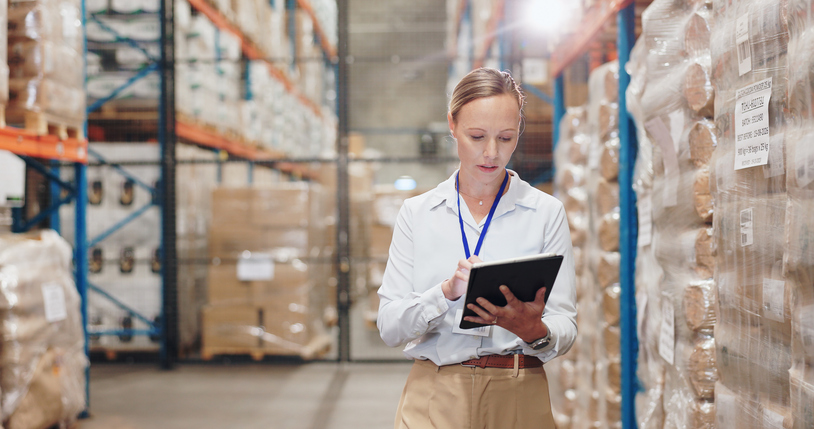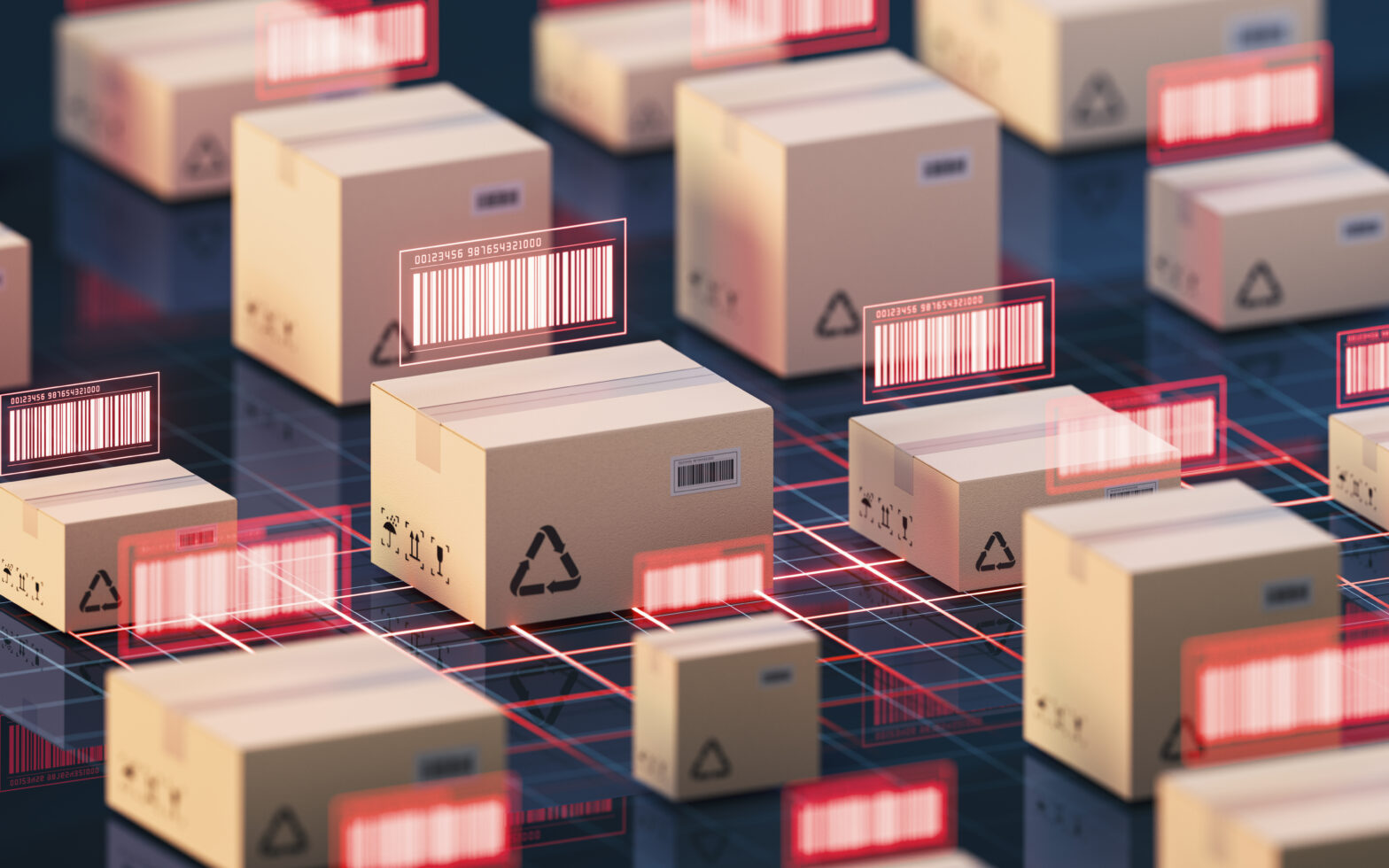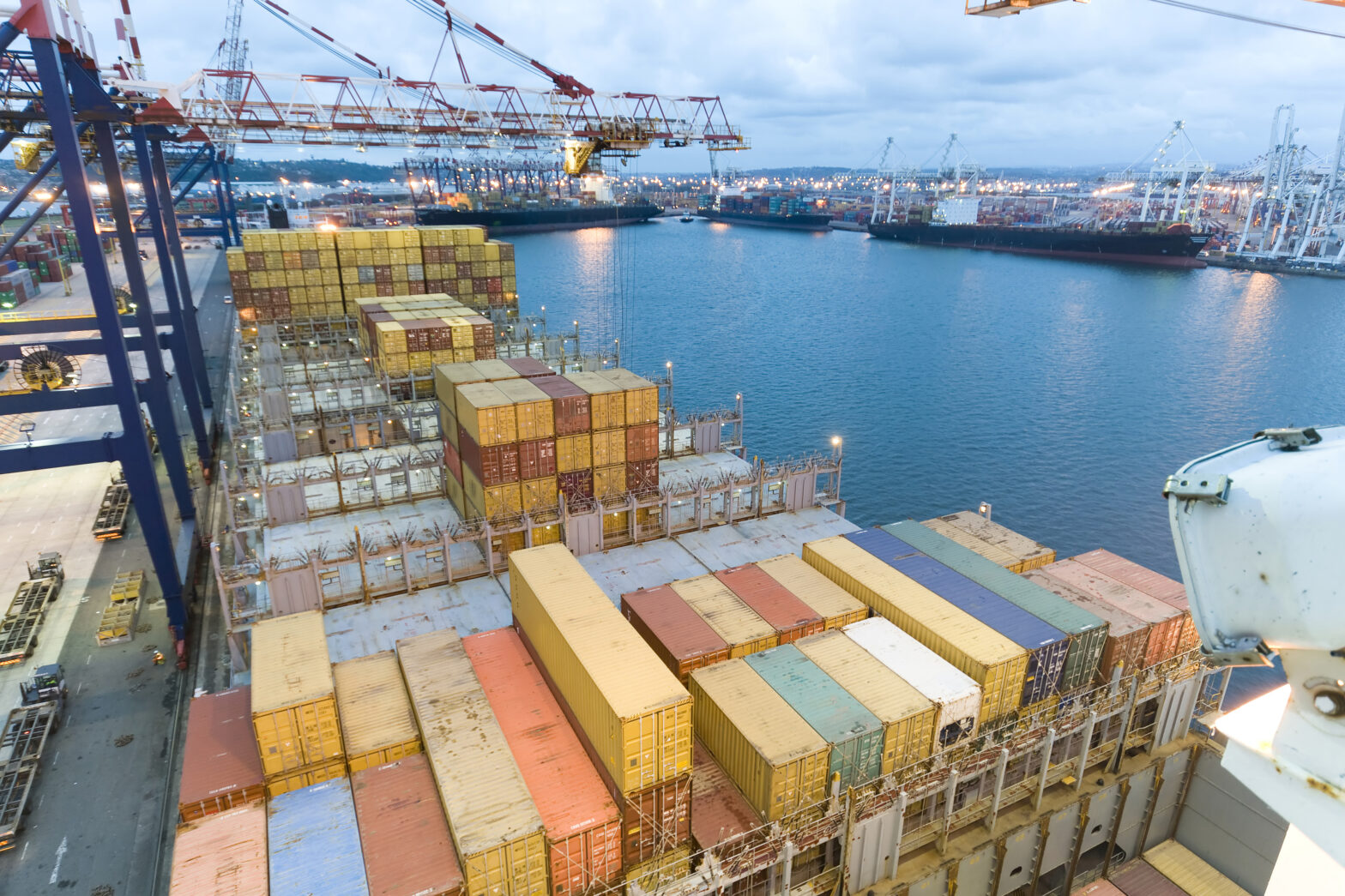Tell us a bit about the company, how you grew the sales, and when and why you decided to export.
I started making jam with my grandmother when I was 14 and since then SuperJam has grown into a business that has sold many millions of jars through thousands of supermarkets around the world. Jam is a product that definitely has a global market and from the very early days of SuperJam, retailers from around the world got in touch with me out of the blue wanting to sell my products.
How did you learn about the logistical processes that are key to international shipping?
Thankfully, I have been able to work with some great importers, who mostly buy our products ex-works in the UK and handle all of the logistics themselves. I think it’s really important to focus on your core business (in our case that is developing great products) and then partner with people who are much better than you at doing everything else.
Tell us about your first shipment.
Apart from a few pallets here and there to retailers in Europe, my first international order was to Australia. I think it was for around 15,000 jars of jam, so not huge in the grand scheme of things but enough to get excited about. One of the big problems with selling in Australia has been the time lapse of a couple of months between the product leaving the factory and reaching our distributor’s warehouse. We’ve had periods where they have been out of stock, which is terrible for relationships with retailers. But thankfully we’ve got it all figured out and three years later things are going well in Australia – I was even invited onto their biggest morning TV show to share my story!
How much does export account for your turnover today? What is your biggest export market? Are you looking to go into other countries?
Most of SuperJam’s sales still come from the UK supermarkets, but maybe 10 per cent of my business is now international and that is the fastest-growing part of the business. Last year Denmark was our biggest international market, with sales in over 300 supermarket stores. But we’re now selling a huge amount in Korea, which happens to be where I am right now, which isn’t necessarily somewhere I thought I’d find myself!
What is your distribution arrangement for exports? Talk me through the supply chain.
From the factory, jars go to a co-packer to have country-specific labels added and then the importers pick up the stock from there. I’m a huge believer in finding local partners that you can trust 100 per cent to represent your brand and run sales in a particular country as if it was an independent company.
How much more about shipping/logistics do you feel you need to learn?
There are endless complexities and will still have things go wrong. I try to focus on building a great brand and I trust the people I work with to know what is best.
What advice would you give to small companies starting out in shipping?
I think you should always view a new country as if you are starting your business from day one again. Start small – you don’t need to jump in at the deep end by trying to get distribution in a major retailer. Just get into a few stores, get your brand established and grow from there.
Any other advice?
Somehow, everything ends up taking a little longer than you expect or than you’re promised, so factor that into what you promise your customers. It’s always better to deliver early than to deliver late!





